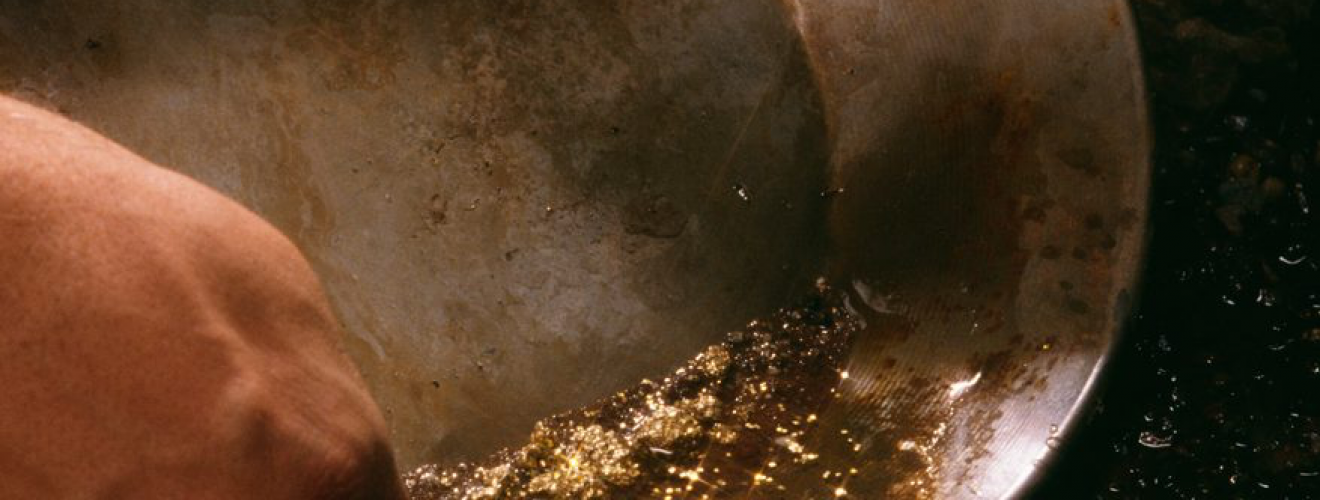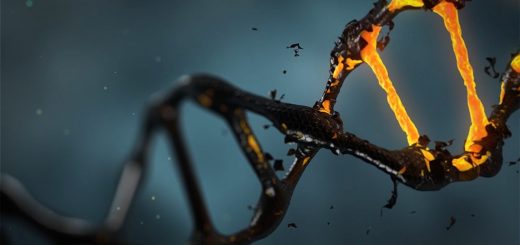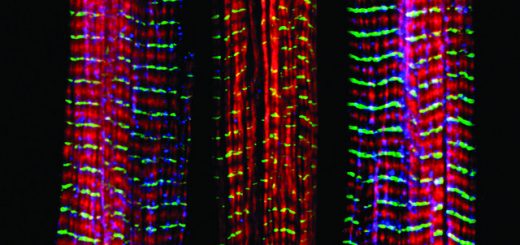One Person’s Dirt is Another Person’s Antibiotic Gold Mine

The human race is heading towards an age where once routine medical procedures are becoming too dangerous: to the extent where it might become too risky to give birth in a hospital without the fear of developing a multi-drug resistant bacterial infection1. We urgently need new antibiotics to tackle the rise of antibiotic resistance, although this is easier said than done, especially considering that there hasn’t been any major discovery in antibiotics for decades. This is mainly because scientists kept rediscovering the same antibiotics when developing the bacteria from soil samples2.
However, scientists at Rockefeller University, New York reckoned that there was still a lot of potential in soil samples to find novel antibiotics, and so they dug for a fresh technique. They achieved this by capturing the DNA sequences from conserved enzymes from the bacteria’s antibiotic manufacturing machinery. Their approach is equivalent to trying to find other BMW cars by only using the ignition: you’re going to come back with a list of different models of BMW cars with a similar ignition.
Using this discovery platform, the scientists at Rockefeller screened over 2,000 different soil samples from all over the USA3. Due to this technique, they managed to re-discover enzymes from already identified antibiotics, which demonstrated that the method was working; additionally, they were able to discover new forms of antibiotic manufacturing machinery (we’ll dub them as cogs) – thus suggesting they found a new family of antibiotics. Investigating through a ‘barcoding’ strategy, the origin of these cogs was traced back to the soil samples they were isolated from; subsequently, the rest of the antibiotic production machinery appeared in their sights. The group then produced this antibiotic by putting the antibiotic machinery’s DNA code into yeast and then used chemistry to characterise the antibiotic compound.
This antibiotic was indeed shown to be part of a new antibiotic family, which they called malacidin. Maldicin was shown to help rats successfully fight off MRSA skin infections, and it was able to clear MRSA infections from infected human skin samples4.
This novel method for fishing out antibiotics is a very exciting development in the field of antibiotic discovery as it provides a fresh impetus to find new antibiotics and could, in turn, be a key moment in the war against antibiotic-resistant bacteria.
Edited by Richard Murchie
References
- https://www.theguardian.com/society/2017/oct/08/world-faces-antibiotic-apocalypse-says-chief-medical-officer
- Ventola CL. The antibiotic resistance crisis: part 1: causes and threats. Pharmacy and Therapeutics Peer-Review Journal for Managed Care and Hospital Formularly Management. 2015; 40:277–283.
- Hover B. M., et al. Culture-independent discovery of the malacidins as calcium-dependent antibiotics with activity against multidrug-resistant Gram-positive pathogens. Nature Microbiology. 2018; doi.org/10.1038/s41564-018-0110-1
- http://www.bbc.co.uk/news/health-43032602










